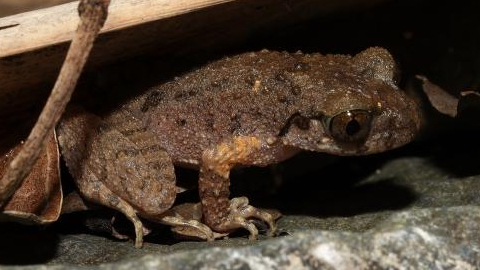
New ‘Kung Fu’ Frog Species Discovered in Guangdong, Honors Martial Arts Legacy
Scientists in Guangdong discover a new frog species named ‘Leptobrachella kungfu,’ celebrating Foshan’s martial arts heritage. Published in ZooKeys this week.
News & Insights Across Asia

Scientists in Guangdong discover a new frog species named ‘Leptobrachella kungfu,’ celebrating Foshan’s martial arts heritage. Published in ZooKeys this week.

China’s ‘Two Mountains’ initiative drives biodiversity revival through national parks and species protection, boosting wildlife populations and ecological health.
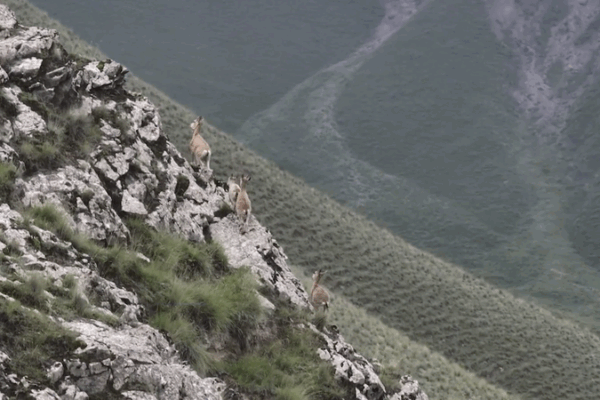
Rare ibex goats in Xinjiang’s Kunlun Mountains showcase cliff-climbing prowess, highlighting conservation success and ecological balance in northwest China.
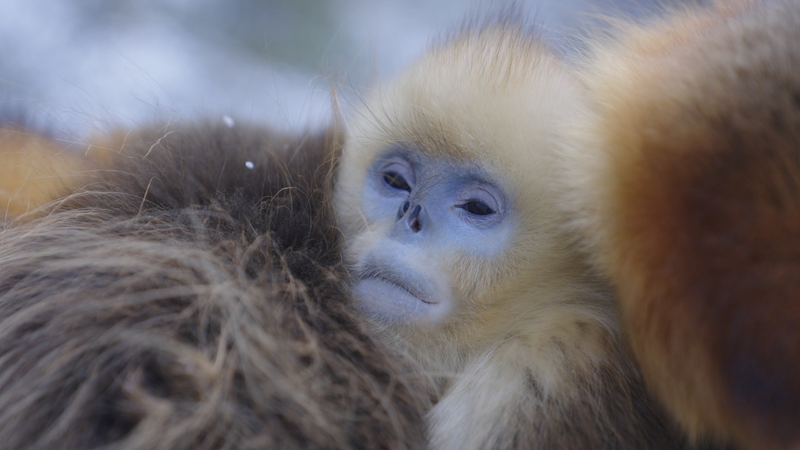
Discover how golden snub-nosed monkeys in China’s Qinling Mountains use social bonds and teamwork to survive harsh winters, offering insights into wildlife resilience.

China’s decade-long national park reforms have significantly restored wildlife populations and enhanced ecological stability, officials report.
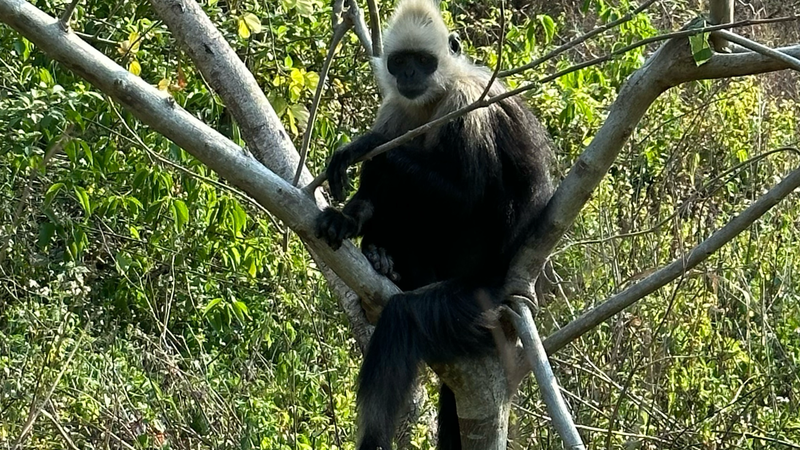
Scientists in Guangxi use langur feces to study health and stress, aiding conservation efforts that boosted their population from 300 to 1,400 since the 1980s.

Discover how Xi Zhinong’s four-decade journey as a wildlife photographer has championed China’s biodiversity and inspired conservation efforts globally.
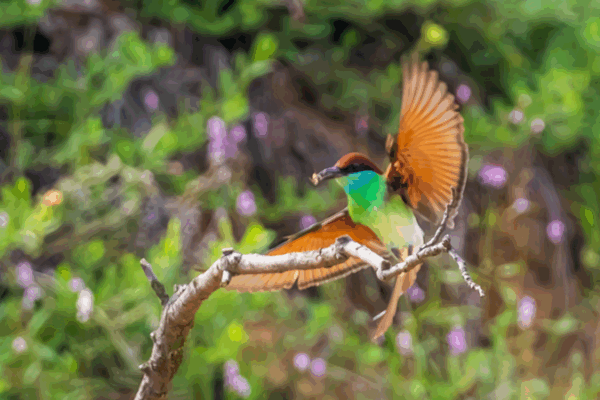
A rare blue-throated bee-eater, known for its aerial agility and protected status, was observed in Jiangxi, highlighting China’s rich biodiversity.
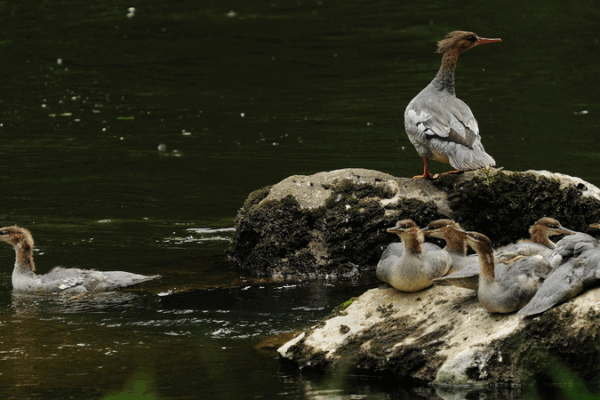
Critically endangered Chinese merganser ducklings emerge in Jilin’s Changbai Mountain, signaling progress in China’s wildlife conservation efforts.
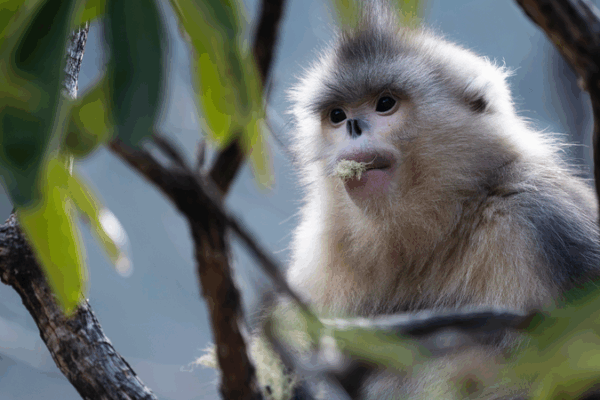
CGTN’s Earth Day H5 platform unveils China’s rare wildlife, blending tech and ecology to inspire global conservation efforts.

A rare flower, once presumed extinct, thrives again in Guangdong’s karst caves thanks to cutting-edge conservation tech and cross-disciplinary collaboration.

Infrared cameras in Qinghai captured rare high-definition footage of dholes, China’s protected top predators, highlighting ecological conservation success.

Taiyuan Zoo welcomes a rare takin calf, marking a conservation breakthrough, alongside other newborn species enhancing China’s biodiversity efforts.